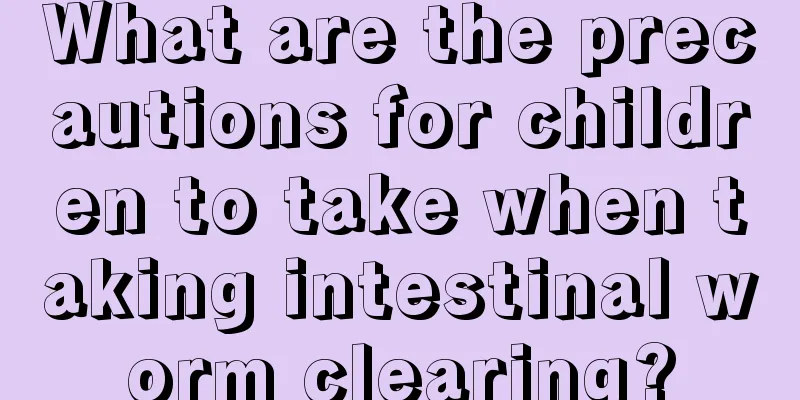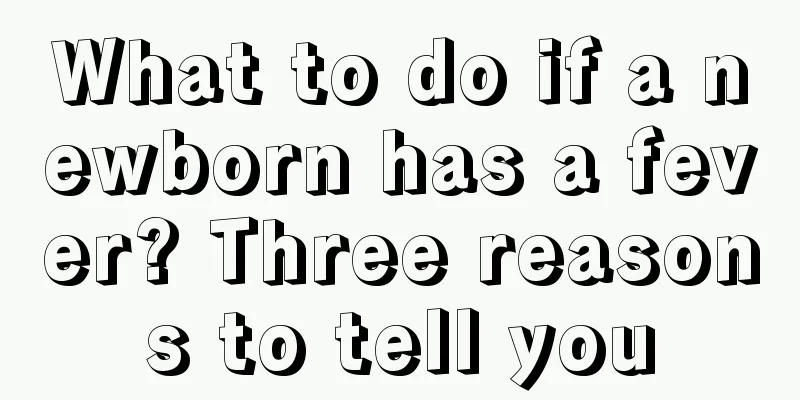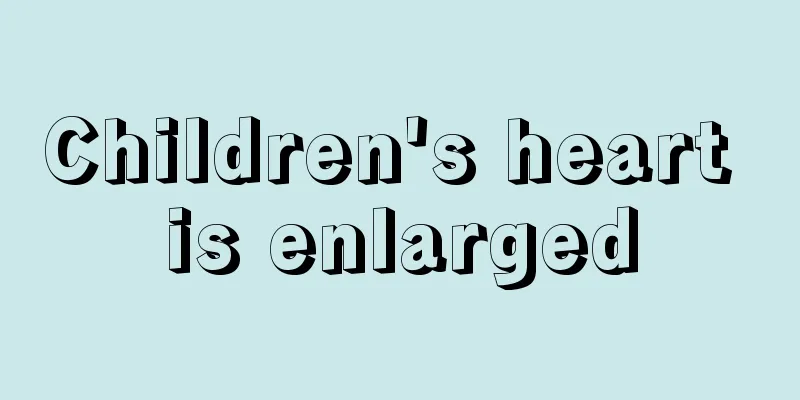Symptoms of pneumonia in five-month-old babies

|
Pneumonia can affect not only adults but children as well. Many adults confuse pneumonia with colds, but pneumonia is not a cold. Pneumonia is also accompanied by fever and can make it difficult for people to breathe. A five-month-old baby is still very young, so his immunity is not as strong as that of an adult. If you are not careful, he is very likely to get pneumonia, so you must be careful at ordinary times. Let’s take a look at the symptoms of pneumonia in a five-month-old baby. 1. Measure body temperature. Children with pneumonia usually have fever, which is usually above 38℃ and lasts for more than 2-3 days. Antipyretics can only temporarily reduce the fever. Children with colds also have fever, but the temperature is usually below 38℃ and lasts for a shorter period of time. Antipyretics are more effective. Second, check whether coughing and breathing are difficult. Children with pneumonia usually have coughs or wheezing, and the degree is severe, often causing breathing difficulties. Breathing difficulties are manifested as breath holding, nostrils opening and closing, and purple lips, indicating that the condition is serious and must not be delayed. Coughs or wheezing caused by colds and bronchitis are generally mild and will not cause breathing difficulties. 3. Look at the mental state. When a baby has a cold, he is generally in a good mental state and can play. When a child has pneumonia, he is in a bad mental state and is often irritable, crying, or drowsy, having convulsions, etc. Fourth, look at the diet. When the baby has a cold, the diet is still normal, or the baby eats less, but when the baby has pneumonia, the baby's diet drops significantly, the baby stops eating and drinks, and the baby often cries and becomes restless due to holding his breath. 5. Look at sleep. When the baby has a cold, his sleep is normal. But after contracting pneumonia, he sleeps more and wakes up easily, cries and makes a fuss; and his breathing difficulties tend to get worse at night. 6. Listen to the child's chest. Because the baby's chest wall is thin, sometimes you can hear bubbling sounds with your ears without a stethoscope. Therefore, parents can listen carefully to the chest wall on both sides of the child's spine when the child is quiet or asleep. Children with pneumonia will hear "gurgling" and "gurgling" sounds at the end of inhalation. These are called fine bubbling sounds, which are important signs of lung inflammation. Children with colds generally do not have this sound. The above are the symptoms of pneumonia in a five-month-old baby. It is very easy for children to get pneumonia. Adults should pay attention to the physical changes of children and not confuse pneumonia with colds. If it is pneumonia, take the child to the hospital for examination and treatment in time to avoid the root of the disease. Pneumonia and colds are very similar, so parents must observe to see whether it is pneumonia or a cold. |
<<: What to do if the child's anus is red and swollen
>>: Why does the baby pick his belly button?
Recommend
Can anemia in children be cured?
Because many children are suffering from anemia r...
Does hernia in children require surgery? There are ways to deal with it at home
There are two common types of hernia in children:...
What to do with congenital tenosynovitis in children
Some pregnant women do not pay attention to their...
What medicine should children take for itchy throat and cough
Throat itching and soreness is a disease in which...
What is the normal height for a 16 year old?
Teenagers are in puberty when they are in their t...
What to do if a six-year-old is rebellious
Many people go through a rebellious period during...
How much sleep does a 15-month-old baby need?
Sleep is a necessary way for the human body to ge...
Symptoms and causes of fright in newborns
The newborn stage is often the most worrying peri...
How to solve the problem of bad breath in children due to stomach fire?
As we all know, children's gastrointestinal f...
Complications of diarrhea caused by cold in babies
It is a common phenomenon that babies catch cold ...
The newborn's blood type is incompatible with the mother's
Many newborns' blood types do not match their...
Tips for children to kick off the quilt when sleeping
Taking care of a baby is the most tiring thing. A...
How to quickly start a lazy baby
Every expectant mother will know the due date of ...
How to treat children’s sore throat?
It is normal for children to have sore throats. M...
What to do if your baby gets redness and swelling after vaccination
The redness and swelling after the baby gets a va...









